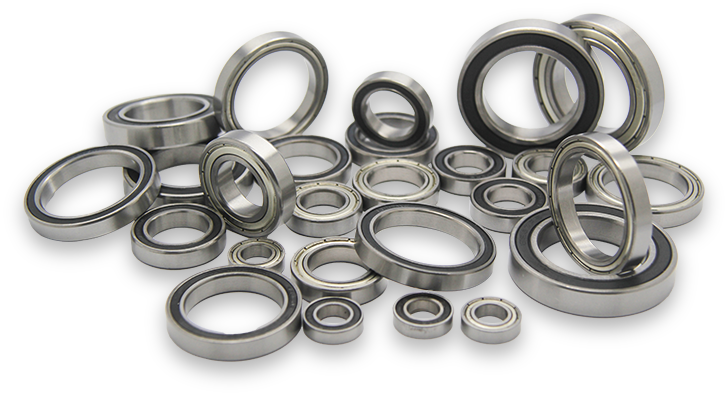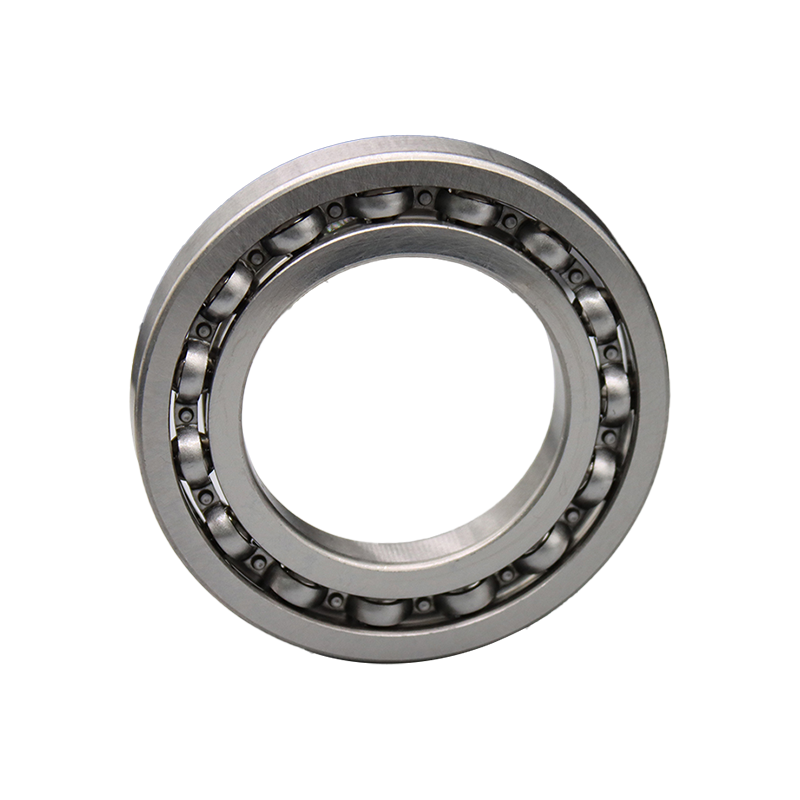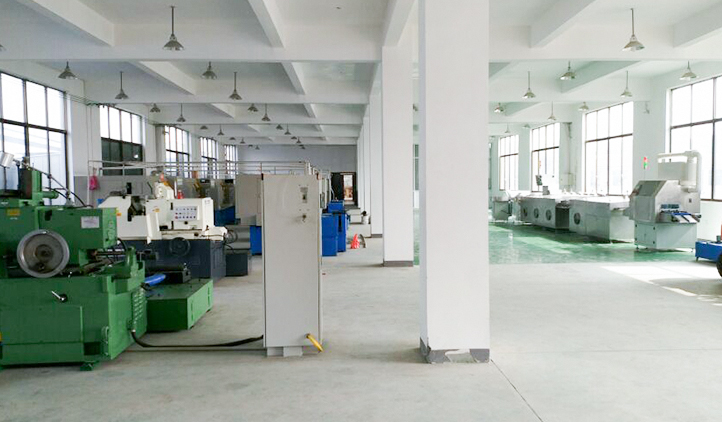When designing deep groove ball bearings, how does the contact angle between the inner and outer rings of the bearing and the steel ball affect performance?
When designing deep groove ball bearings, the contact angle between the inner and outer rings of the bearing and the steel ball has an important impact on its performance. The contact angle determines the bearing's ability to withstand radial and axial loads, as well as its operating stability and friction characteristics.
For deep groove ball bearings, the contact angle is usually small, generally between 0° and 15°. This means that under normal operating conditions, the main load is radial, while the axial load capacity is weak. If the contact angle is increased, the bearing can better withstand axial loads, but the corresponding radial load capacity may decrease.
For Shanghai Yinin Bearing & Transmission Company, with more than 20 years of experience in the bearing field, it must take into account the impact of this contact angle when designing and selecting suitable deep groove ball bearings to ensure the best performance of the bearings in different working environments. The company is committed to providing customers with a variety of bearing types, and can adjust the contact angle design according to different application requirements to achieve higher load capacity, smooth operation and service life.
How to choose the right deep groove ball bearing size and material for the application's load conditions?
Choosing the right deep groove ball bearing size and material for the application's load conditions is key to ensuring efficient and stable operation of the bearing. Here are some of the main considerations:
Load type: Deep groove ball bearings can carry both radial and axial loads, but they are more capable of carrying radial loads. If the application needs to carry a large axial load, you may need to choose a bearing with a larger contact angle or consider another type of bearing. For applications that need to carry both large radial and axial loads, you may need to choose a double-row deep groove ball bearing.
Load size: Choose the size of the bearing based on the load size in the application. Higher loads generally require a larger bearing size to ensure that it can carry more pressure and maintain smooth operation. A bearing that is too small may not be able to effectively carry a large load, resulting in excessive wear or damage.
Material selection: Choose the right bearing material based on the use environment. For conventional applications, common materials are high carbon steel and stainless steel, which have good strength and corrosion resistance. In harsh environments, such as hot, humid or corrosive environments, choosing special materials that are resistant to high temperatures or corrosion (such as ceramics, composites or titanium alloys) can effectively extend the life of the bearing.
Application speed and precision: High-speed applications require bearings with low friction and high precision. At this time, it is usually necessary to select precision deep groove ball bearings and select the appropriate inner and outer ring clearance according to the application requirements to ensure that the bearings can maintain stable operation and reduce wear.
Lubrication method: The lubrication method will also affect the material and size selection of the bearing. For example, oil-lubricated bearings usually require higher material hardness and more precise processing, while grease-lubricated bearings may have higher requirements for sealing.
As a bearing company with more than 20 years of experience, Shanghai Yinin Bearing & Transmission Company fully considers the load conditions and working environments of different applications when providing deep groove ball bearings to customers. The company provides deep groove ball bearings of various sizes and materials according to customer needs, and can recommend the most suitable products according to specific application scenarios, such as heavy loads, high speeds or corrosive environments, to ensure the best performance of bearings under various working conditions.

 Seria R.
Seria R.
 Seria 1600
Seria 1600
 Seria 6900
Seria 6900
